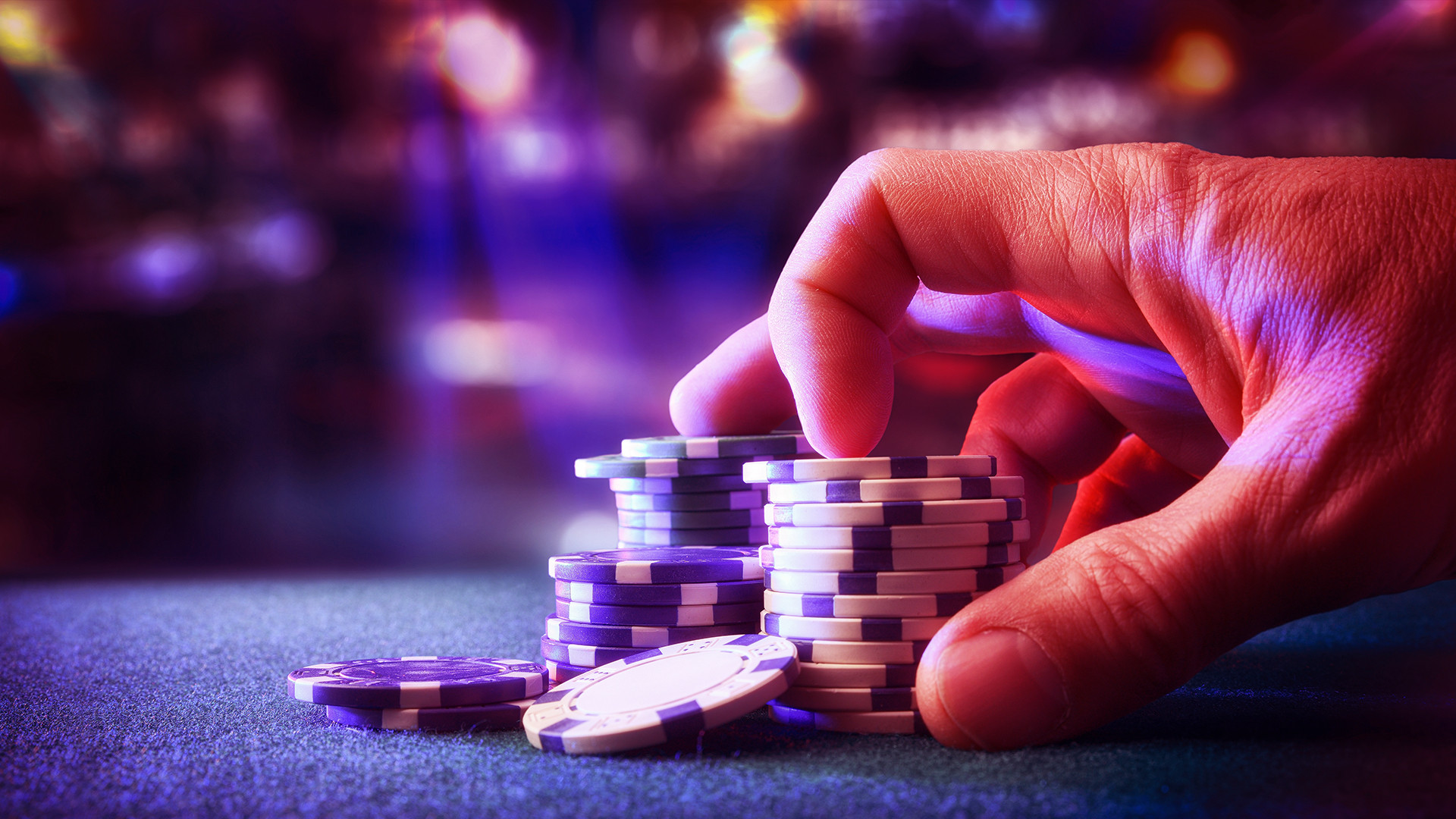
Baccarat Strategy Guide
Uncover the most popular strategies used across the game of baccarat, including the Martingale, Fibonacci and more.
Live Baccarat is one of the most popular live casino games we have to offer at Pink Casino. Within our live casino, players can find different variants of the game itself and also guides on how to play the casino game before they take a seat at the baccarat table. So if you're looking to be the next James Bond, why not take a look at our baccarat offering?
We're sorry!
Unfortunately, PinkCasino isn't available in your country.